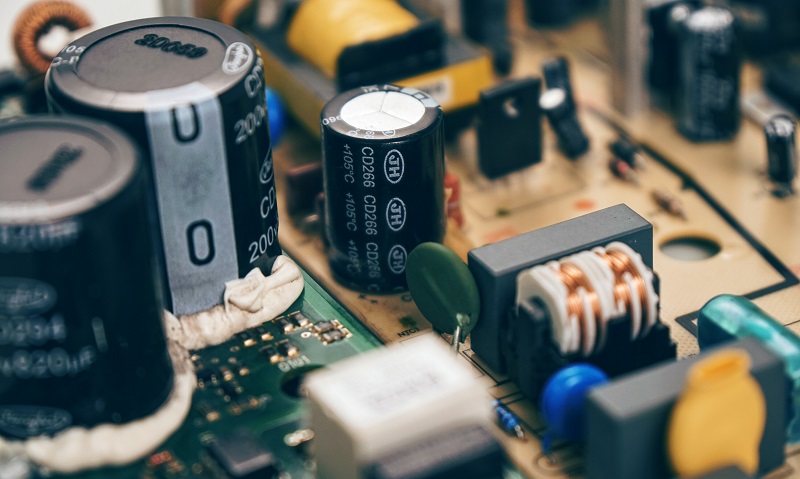When it comes to the most common metals used in the world of industry, aluminum is one of the materials that stand out. Since being developed during the past few decades, aluminum has become a material that has taken the place of other metals, mainly due to its light weight and eco-friendliness. With production costs and carbon emissions being a very important concern for industries across the world, the use of aluminum has helped resolve these concerns.
Many industries rely on the use of aluminum in their products and machinery. These industries include aeronautical, automotive, manufacturing, construction, and medical. Another common place where aluminum is used is in electronics and electrical devices.
How is Aluminum used in electronics and electrical products?
Aluminum is one of the most versatile types of metal, being used in a wide variety of industries. Due to its qualities like ductility and electrical conductivity, aluminum has become a widely used material in electronics and electrical products. Here are some of the most popular uses of aluminum for electrical purposes:
Casing for devices
When it comes to providing a lightweight and eco-friendly casing for different kinds of electronic devices, aluminum has become one of the most popular materials used by different companies. These devices include laptops, smartphones, digital cameras, gaming consoles, digital watches, and even HDTVs. Compared to using heavier metals or flimsier plastics, aluminum is the best option, as it is cost-effective, versatile, and highly durable. Electronic devices are designed to be efficient and convenient, which is why aluminum has been tapped as one of the metals to use for their products.
Popularized by companies during the last decade, aluminum device casings have now become one of the standard ways to manufacture devices around the world. With technology looking to go smaller and lighter in the near future, the use of aluminum is key to making it a possibility.
Computer parts

Along with electronic devices, aluminum is a key component in computer parts. The inside of the computer has many different metals present, all of which help the computer perform different functions smoothly and efficiently. Aluminum is the metal used to create heat sinks for your computer. A heat sink is designed to capture all of the heat present in the computer while working to prevent it from hitting other key components.
Along with being a key element for heat sinks, aluminum is also used to create other parts like PC casings, monitors, and other devices. Having the right metals is important to make computers function properly, which is why aluminum helps turn it into a more efficient device.
Power lines
One of the most common applications of aluminum in electrical products is its use in power lines. These power lines have long been the primary method of transporting electricity across various distances. Since the development of aluminum during the early 20th century, power lines have utilized the material. Aluminum is an effective material to use in power lines as they are lighter compared to materials like copper.
While it is not as electrically conductive as copper, it is much easier to manufacture power lines using aluminum, as it is a more flexible material due to its ductility. Aluminum is also resistant to different forms of corrosion, allowing it to withstand extreme conditions that power lines are subject to. With power lines continuing to become a regular fixture, aluminum will play a huge role in how the world is powered up.
Electric Motors

Another device that uses aluminum is its structure are electric motors. Electric motors are designed to make different parts move around to accomplish different functions. Electrical motors come in different sizes, with each type being used in industries such as manufacturing, automotive and aeronautical. While regular motors are powered by fuel, electric motors can run on batteries, which can make them portable and easier to manufacture. Aluminum is mostly used in the body of the motors themselves, providing a light and durable structure, and can withstand high temperatures and extreme conditions.
Power Systems
Along with being used in power lines, aluminum is one of the metals used in power grids and other power systems. The conductivity of aluminum allows energy to be distributed in a fast and efficient manner. One of the reasons that led to more power systems using aluminum is the manufacturing costs. While copper is a good metal for electrical conductivity, it is costlier to produce, which can be difficult for different manufacturing companies. Aluminum provides the right balance between electrical conductivity and price, making it the ideal material for different kinds of electrical devices.
Key Takeaway
Aluminum has become one of the top metals used in the manufacturing industry, used to create products like electronics and electrical devices. Due to being light, strong, and conductive, aluminum provides these products with a strong material that performs well in different conditions and applications.



